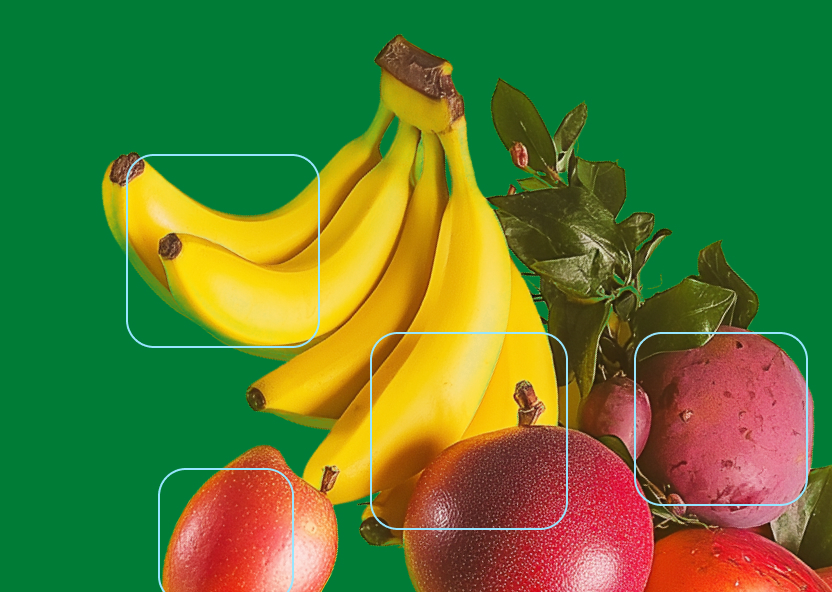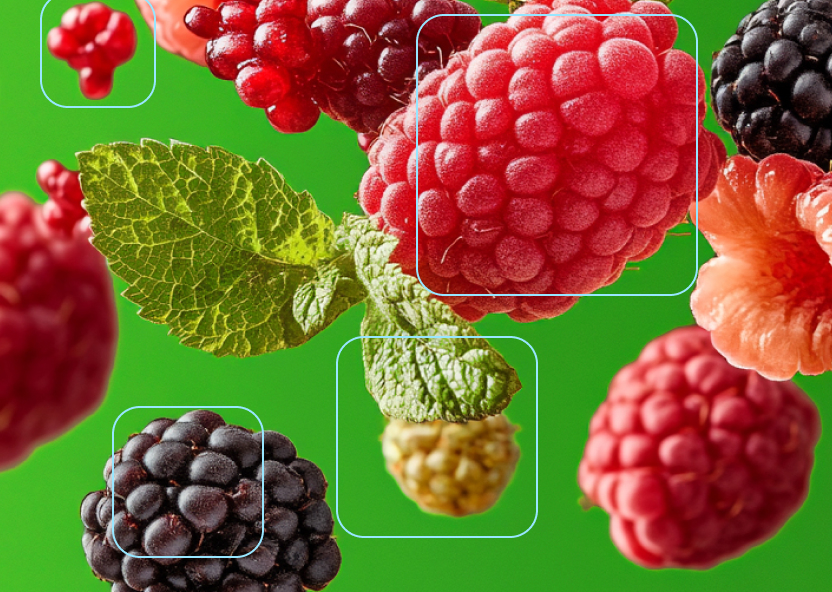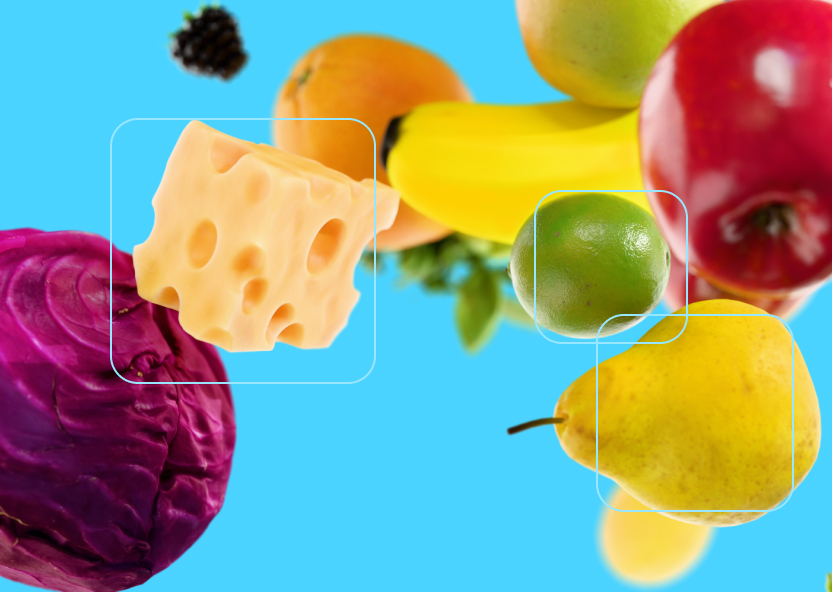The Cost of Fresh Produce Rejections: How to Stop Them Before They Happen
- Quality Control App

As much as 40% of fresh produce gets rejected by importers, distributors, or food safety inspectors because it doesn’t meet quality standards. In addition to environmental and social impact, these rejections come with staggering costs, which usually fall on fresh produce growers and retailers.
Even the smallest rejected shipment means money lost, hours of labor wasted, and more produce heading straight to the bin. The good news is that smarter traceability systems are making a real difference, cutting rejection rates by anywhere between 40–60%.
Let’s take a look at how, and what you can do to prevent losses before they happen.
Why Rejected Shipments Hit Harder Than You Think
When a shipment gets turned away, the costs go far beyond the direct hits like transport, admin fees, and the scramble (and expense) to find replacements. Post-harvest losses alone range from 10–15% in developed countries, and up to 40% in developing regions.
Then there’s the fuel, labor, and time that fresh produce businesses sink into moving goods that won’t sell. Processing returns, handling the admin, chasing new orders all add up, too. And when you need a replacement in a hurry, you can expect to pay a premium.
The indirect costs are just as painful. Repeated rejections can strain relationships with suppliers, distributors, and retailers. A few bad experiences can tarnish your reputation, and in a crowded market, that’s tough to recover from.
This is a problem that even global fresh produce giants have to grapple with, which is why they’re turning to AI-powered quality control to cut rejection rates by 20% or more.
What’s Really Behind Those Rejections?
Transportation and storage account for a large proportion of post-harvest damage and loss. Temperature spikes, high humidity and pests all play a role, too. Frozen produce doesn’t survive warm conditions, and humidity sweet spots between 60–70% are crucial. Then there’s inconsistent ripeness, bruising from rough handling, and pest damage.
Misaligned or inconsistent quality specifications also contribute. Missing documents, incorrect descriptions, or a lack of essential certifications like HACCP or GlobalGAP can quickly turn a routine delivery into a rejection. Without proper traceability, even a small issue can escalate into expensive recalls.
Miscommunication doesn’t help either. Vague specifications or delivering the wrong variety or quantity can cause rejections. And without accurate, real-time quality data, it’s difficult to prove the condition of produce at every step. This in turn makes it harder to assign accountability when things go wrong.
Catching Problems Early: Why Inspections Matter
Spotting issues before your products leave the facility is crucial. Early inspections, with clear protocols, take the guesswork out of decisions like “does this batch look good enough?” Instead, you’re working with hard data and objective, shared quality standards.
With mobile inspection platforms, your team can check produce anywhere along the supply chain, keeping assessments consistent and accurate. Cloud-based reporting pulls all this data into one place, giving you real-time visibility and helping you act fast when issues pop up.
Computer vision technology pushes the advantage even further, speeding up inspections and removing subjective calls. Real-time alerts can flag temperature shifts or out-of-spec shipments before they turn into major problems. All of this helps you catch potential rejections early and save both time and money.
How Clarifresh Takes the Guesswork Out of Quality Control
Clarifresh brings smart tools and advanced sensors to the table, automatically spotting defects like low sugar content (BRIX levels) and discoloration in fresh produce. By standardizing inspections, Clarifresh removes the “maybe” from the equation and keeps quality checks consistent.
The platform does more than just inspections. With built-in analytics, you can spot trends, track quality over time, and fix problems early. Photographic records, objective measurements, and time-stamped reports keep everything transparent, making it easier to share updates across your supply chain.
Best of all, Clarifresh fits right into your current workflows, with minimal training needed. From boosting traceability and keeping you compliant to cutting down waste and strengthening supplier relationships, Clarifresh helps you stay ahead of potential rejections, and ahead of the competition.
Smarter Supply, Happier Customers
When you have real-time quality data at your fingertips, you can make smarter decisions about where your produce goes and how it’s priced. Matching quality to customer expectations minimizes rejections and boosts satisfaction.
This data also enables smarter inventory allocation based on demand forecasts and live data helps, so you can ensure your produce gets to the right place, at the right time, in the right condition. And when you can predict potential issues early, you can keep your customers informed, resolve disputes before they happen, and build stronger relationships.
Real Time Quality Control: Prevention Pays Off
Rejected shipments drain your bottom line, damage relationships, and create unnecessary waste. But with real-time quality control, you can catch problems before they leave the facility, keeping your standards high and your costs low.
Prevention is always cheaper than the cure. And with tools like Clarifresh, you can turn potential losses into profits by staying a step ahead.
Contact us today to learn how you can cut your rejection rates and protect your bottom line.



